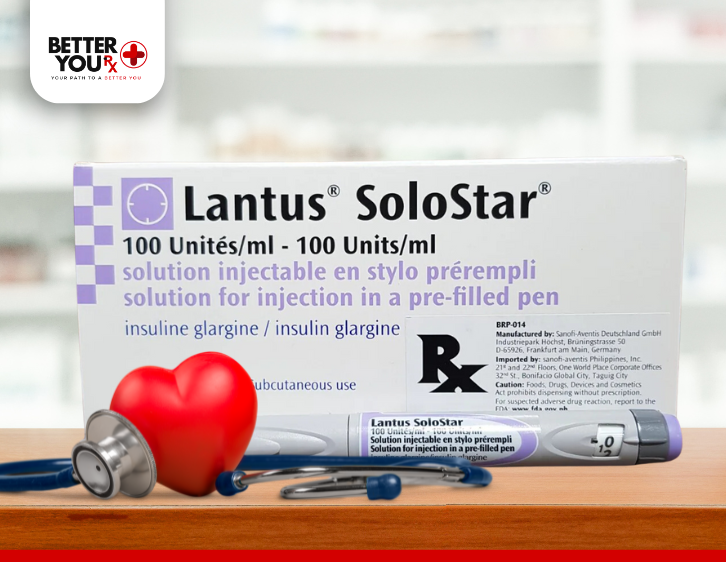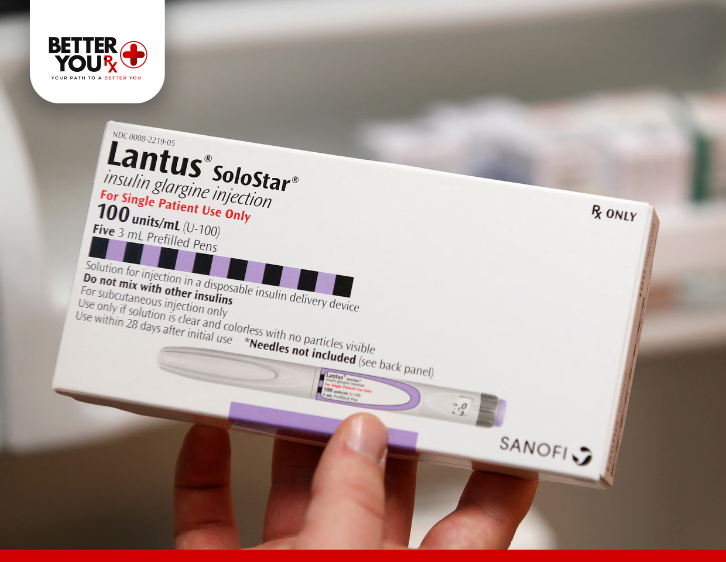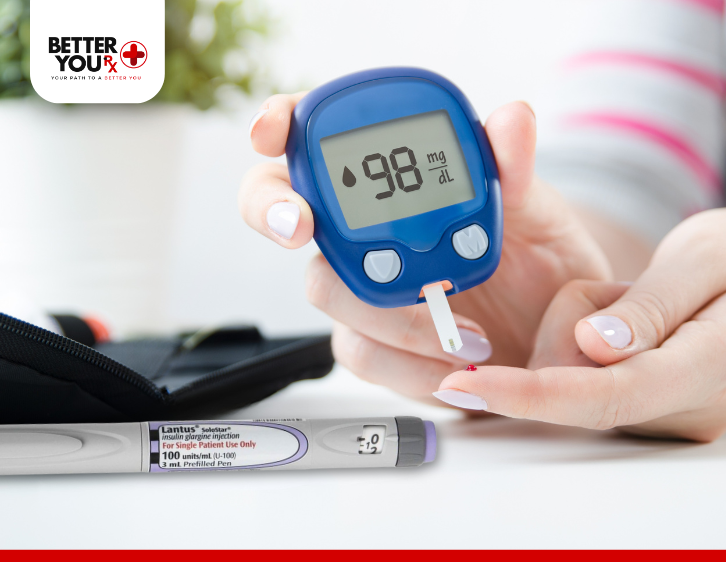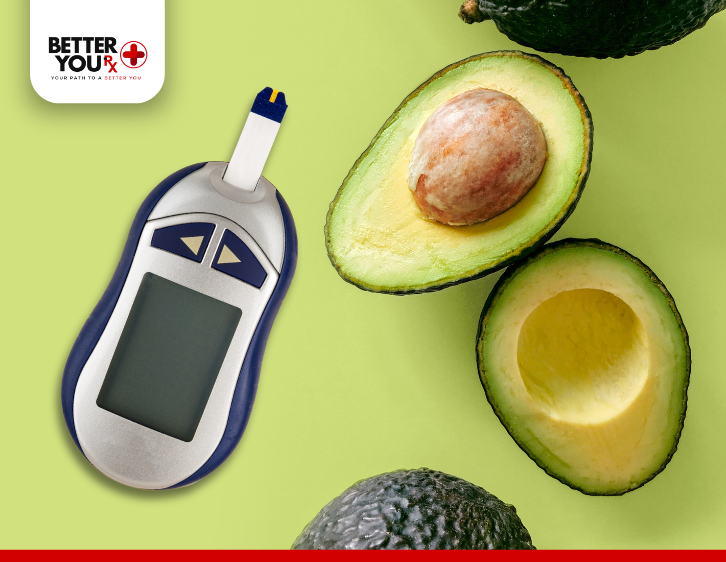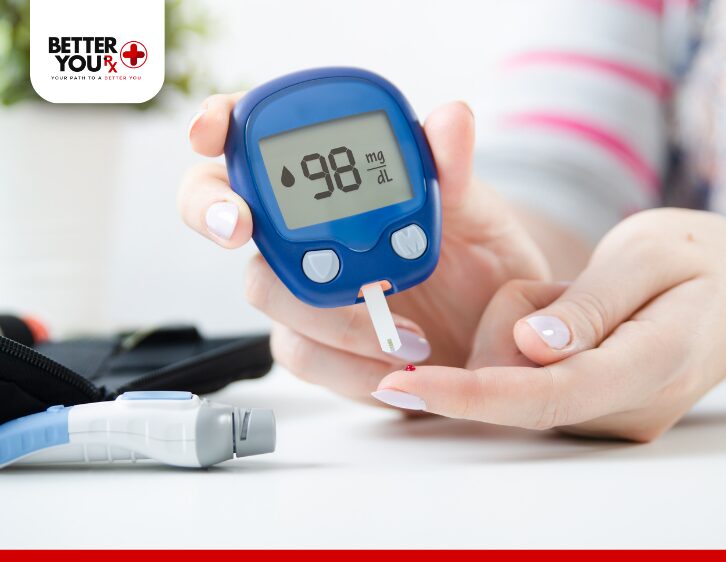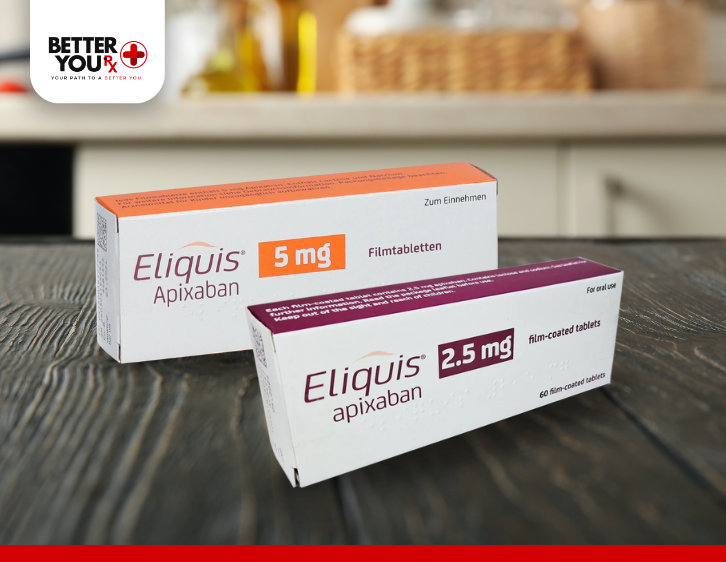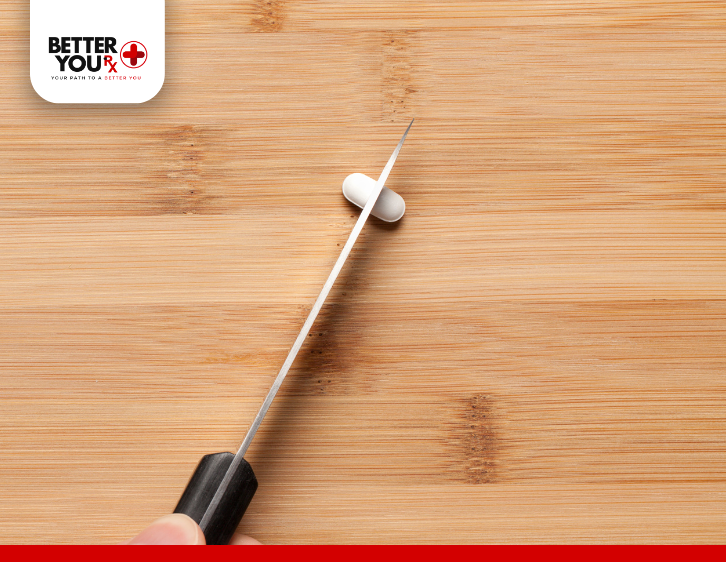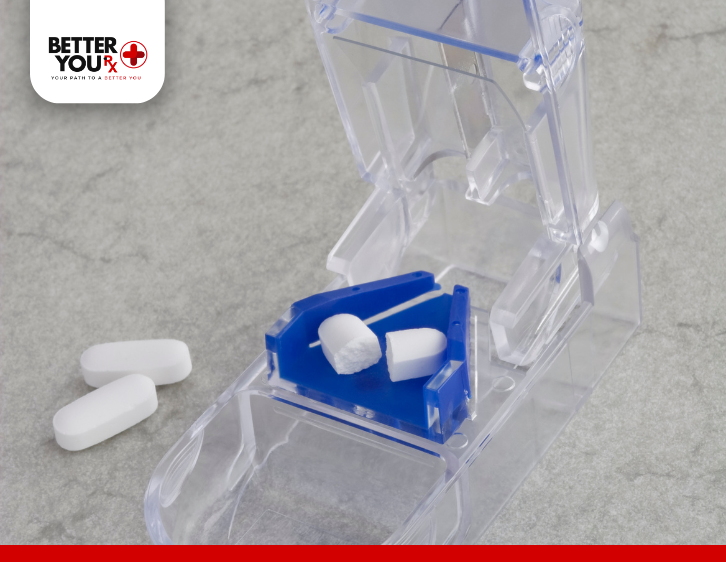How Long Does Viagra Last?
Viagra, the brand name for sildenafil, is a widely used medication for treating erectile dysfunction (ED). Since its introduction, Viagra has helped millions of men regain confidence and improve their sexual health. One of the most frequently asked questions about Viagra is, “How long does Viagra last?” Understanding the duration of its effects and how to use it properly is essential for maximizing its effectiveness. In this article, we’ll dive into how long Viagra lasts, factors that influence its duration, and tips for its proper use.
What is Viagra?
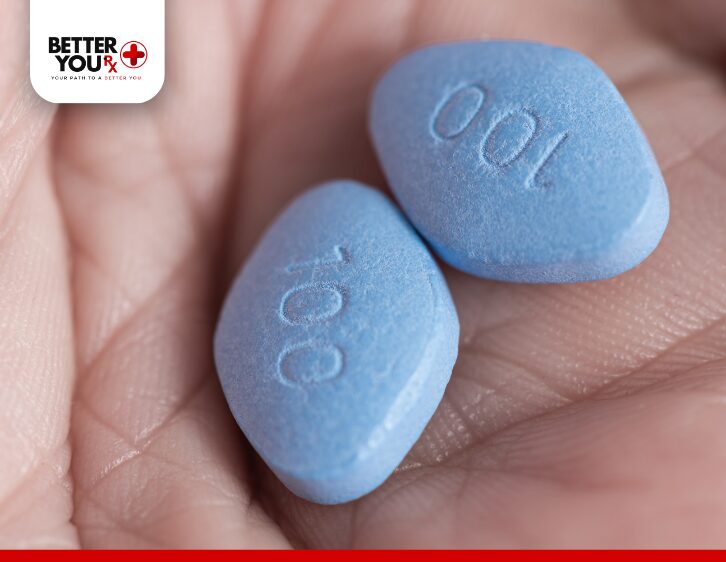
Viagra is a prescription medication that works by increasing blood flow to the penis, helping men with erectile dysfunction achieve and maintain an erection. Its active ingredient, sildenafil, is classified as a phosphodiesterase type 5 (PDE5) inhibitor. When taken as prescribed, Viagra enhances the natural response to sexual stimulation by blocking the enzyme PDE5, which normally reduces blood flow to the penis. This action results in a relaxation of the blood vessels in the penis and increased blood flow, making it easier to get an erection.
How Long Does Viagra Last?
The effects of Viagra typically last between 4 to 6 hours after taking the pill. However, it is important to note that this does not mean you will have an erection for 4 to 6 hours. Viagra helps facilitate an erection in response to sexual stimulation, but without such stimulation, an erection will not occur.
Here’s a breakdown of what to expect during this time:
- Onset: Viagra typically starts working within 30 to 60 minutes after ingestion. Some men may experience the effects sooner, while others may take a little longer.
- Peak Effect: The peak effects of Viagra are usually seen around 1 hour after taking the dose. This is when you may experience the strongest improvement in erectile function.
- Duration: Viagra’s effects generally last between 4 to 6 hours, although this can vary depending on the individual.
After this period, the drug’s effects gradually wear off. However, it’s worth noting that the medication does not remain in the body in an active form for that entire period. Its presence in the system starts to decrease after about 4 hours, and by the 24-hour mark, it is usually cleared from the body.
Factors That Affect How Long Viagra Lasts

Several factors can influence how long Viagra lasts in your system. While the average duration is between 4 to 6 hours, individual experiences can vary depending on the following:
- Dosage: Viagra is available in different doses, including 25 mg, 50 mg, and 100 mg. The higher the dose, the longer the potential effects may last, though the duration is typically still within the 4 to 6-hour range. A higher dose may result in stronger effects, but it also increases the risk of side effects.
- Food and Alcohol Intake: Taking Viagra on a full stomach can delay its onset of action. Fatty foods, in particular, may slow the absorption of the medication, potentially making it take longer to kick in. Drinking alcohol in moderation is generally okay, but excessive alcohol consumption can interfere with Viagra’s effectiveness.
- Metabolism: People with faster metabolisms may process the medication more quickly, leading to a shorter duration of effect. Conversely, those with slower metabolisms may experience a longer duration of action.
- Age: Older individuals may metabolize drugs more slowly, meaning that Viagra may remain active in their system longer. However, this may also come with an increased risk of side effects.
- Health Conditions: Certain health conditions, particularly those affecting the liver or kidneys, can influence how long Viagra stays in your system. If you have any underlying health conditions, it’s crucial to speak with your healthcare provider about the appropriate dosage.
How Long Does Viagra Take to Start Working?
Viagra typically starts to work within 30 minutes to 1 hour after ingestion, but its effects may vary depending on individual factors. Some men may experience faster results, while others may take longer to notice the effects. It’s important to note that Viagra requires sexual stimulation to work. Simply taking the pill will not cause an erection without physical or mental sexual arousal.
How to Use Viagra for Best Results

To get the most out of Viagra, follow these tips for optimal effectiveness:
- Take it on an empty stomach: For quicker absorption, consider taking Viagra on an empty stomach or with a light meal. Avoid large or fatty meals before taking the medication, as they can delay its effects.
- Take it in advance: Take Viagra about 30 to 60 minutes before engaging in sexual activity. This gives the medication time to take effect.
- Don’t take more than one dose per day: Viagra should only be taken once per day. Taking more than the recommended dose increases the risk of side effects without providing additional benefits.
- Avoid alcohol and grapefruit: Alcohol and grapefruit can interfere with the effectiveness of Viagra. To ensure optimal results, limit alcohol consumption and avoid grapefruit products while using Viagra.
Viagra and the Risk of Side Effects
Like all medications, Viagra can have side effects. While it is generally well-tolerated, some men may experience side effects such as headaches, facial flushing, dizziness, indigestion, or nasal congestion. In rare instances, Viagra may lead to more severe side effects, such as:
- Vision changes: Some men may experience blurred vision or a blue tint to their vision.
- Priapism: A prolonged erection lasting more than 4 hours is a medical emergency and requires immediate treatment to avoid permanent damage.
- Heart problems: Since Viagra affects blood flow, it can cause problems for individuals with certain heart conditions. Always consult with your healthcare provider before using Viagra if you have heart issues.
Conclusion
Viagra typically lasts between 4 to 6 hours, providing enough time for most men to engage in sexual activity. Its effects are gradual and depend on various factors, including dosage, food intake, metabolism, and individual health conditions. While it won’t cause an erection without sexual stimulation, it helps men with erectile dysfunction achieve and maintain an erection when they are aroused.
If you’re considering using Viagra, it’s important to talk to your healthcare provider to determine the appropriate dosage and ensure it’s safe for you. For those looking for a convenient way to access their prescription medications, services like Better You Rx, a trusted Canadian Pharmacy Affiliate affiliate, offer reliable access to Viagra and other essential medications.
If you have any questions or concerns, be sure to consult with your doctor to ensure Viagra is right for your specific needs and health condition.


